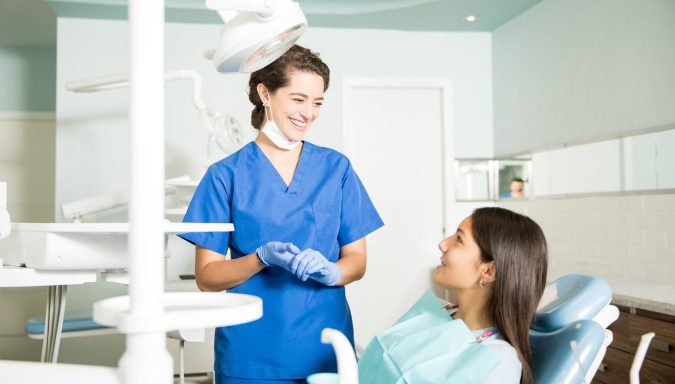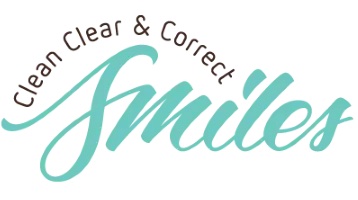Blog

Exploring the Three Classes of Orthodontic Treatment
GeneralOrthodontic treatment helps straighten teeth and jaws, improving oral health and aesthetics. But did you know there are three main classes of orthodontic treatment, each designed to address different problems?
Understanding these classes can help you make informed decisions about your orthodontic care.
Class I Malocclusion
This is the most common class of malocclusion, affecting about 60% of the population. It is characterised by:
- Normal jaw relationship
The upper and lower jaws are aligned properly. - Overjet
The upper front teeth protrude slightly over the lower front teeth (1-2 mm). - Crowded teeth
Teeth may be misaligned or overlapping due to lack of space. - Spacing
Gaps may exist between teeth.
Treatment options for Class I malocclusion include
- Traditional braces
Metal or ceramic brackets bonded to teeth with archwires to gradually move them. - Clear aligners
Removable trays worn for a set period each day to gradually shift teeth. - Lingual braces
Braces attached to the back of the teeth, invisible from the front.
Class II Malocclusion
Also known as “overbite,” this class affects about 20% of the population and is characterised by:
- Upper jaw protruding too far forward
The upper front teeth significantly overlap the lower front teeth (more than 2 mm). - Lower jaw recessed
The lower jaw is positioned further back than the upper jaw. - Deep bite
The upper front teeth bite too deeply into the lower front teeth.
Treatment options for Class II malocclusion include
- Functional appliances
Removable appliances that guide jaw growth and development. - Headgear
Worn at night to hold the upper jaw back and stimulate growth of the lower jaw. - Extractions
Removal of specific teeth to create space for alignment. - Surgery
In severe cases, surgery may be required to correct the jaw relationship.
Class III Malocclusion
Also known as “underbite,” this class is the least common, affecting about 10% of the population. It is characterised by:
- Lower jaw protruding too far forward
The lower front teeth overlap the upper front teeth. - Recessed upper jaw
The upper jaw is positioned further back than the lower jaw. - Crossbite
The lower teeth bite on the outside of the upper teeth in some areas.
Treatment options for Class III malocclusion include
- Functional appliances
Similar to Class II treatment, but designed to encourage growth of the upper jaw and hold back the lower jaw. - Facemask
Worn at night to pull the upper jaw forward and restrain the growth of the lower jaw. - Extractions
Removal of specific teeth to create space for alignment. - Surgery
In severe cases, surgery may be required to correct the jaw relationship.
Choosing the Right Class of Orthodontic Treatment
The best class of orthodontic treatment for you depends on your individual needs and the severity of your malocclusion. An orthodontist can assess your specific case and recommend the most appropriate treatment plan.
Factors to consider include
- Type and severity of malocclusion
- Age and growth potential
- Patient preferences
- Cost and insurance coverage
Understanding the different classes of orthodontic treatment empowers you to make informed decisions about your oral health. By discussing your options with an experienced orthodontist, you can find the best treatment plan to achieve your desired smile.








